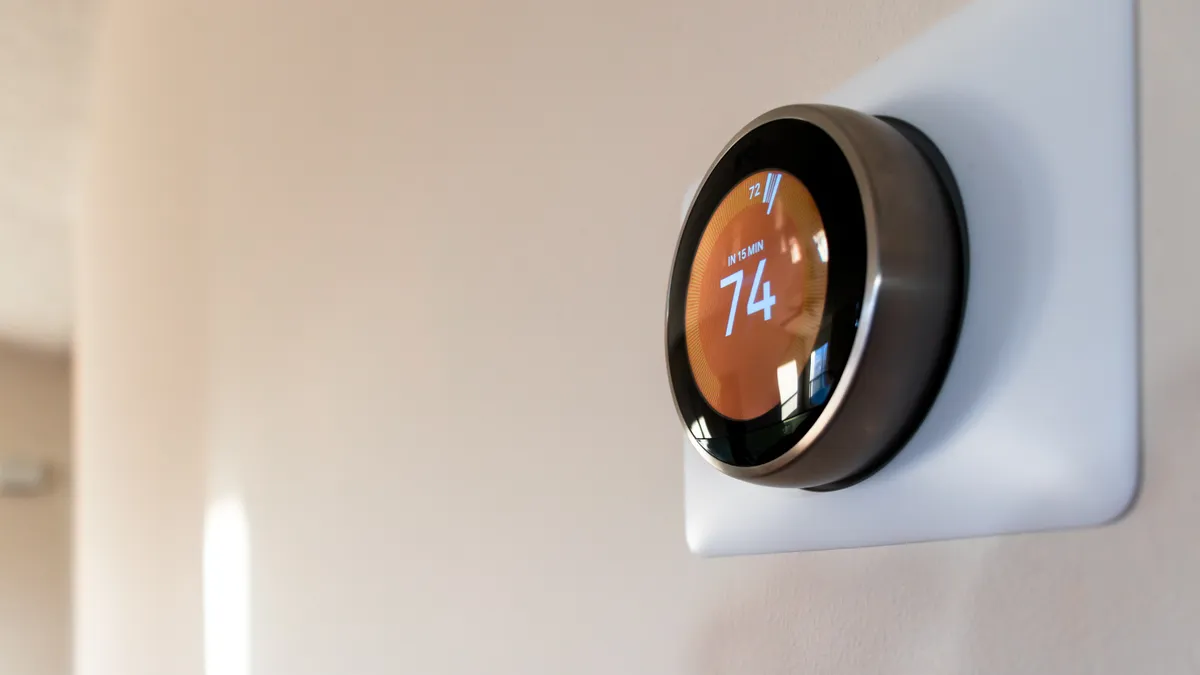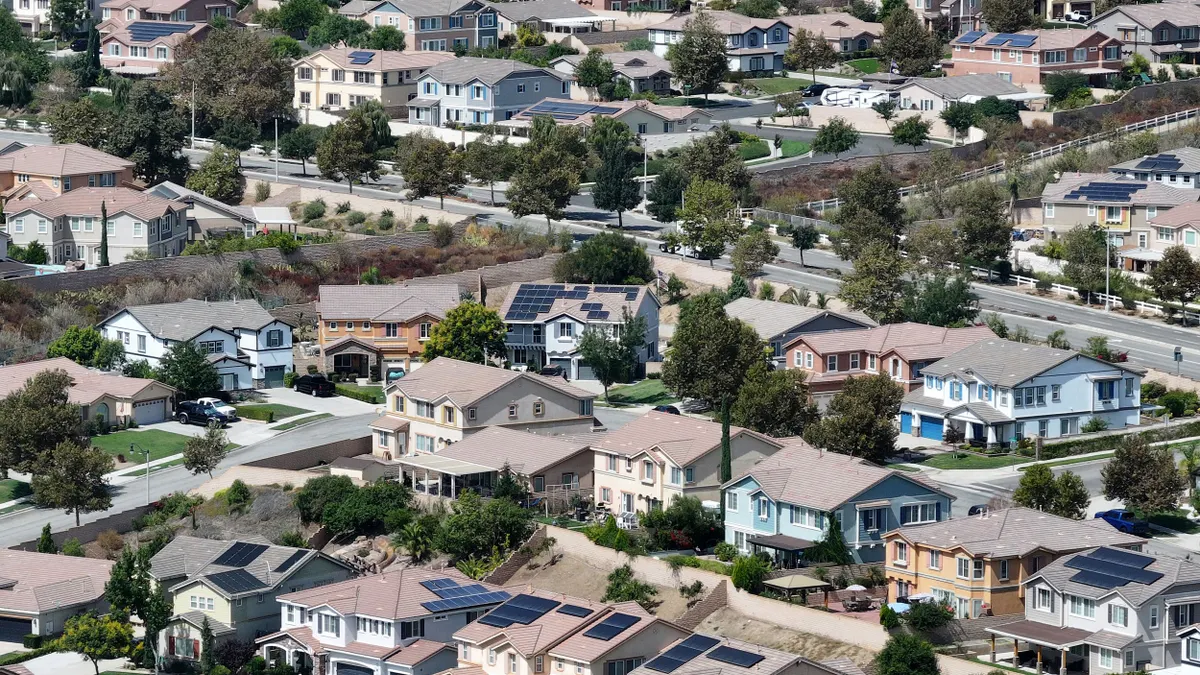There's a saying in energy efficiency: "The cheapest kilowatt is the one you don't use." But as renewable energy prices fall, will that remain true?
Put another way: "As renewables get cheaper, what is the long-term effect on efficiency? That's the million-dollar question," RMP's (RMP) Clay Monroe, who heads the utility's customer-facing programs, told Utility Dive.
The question is a bit theoretical, but it came into sharp relief last week when the Southwest Energy Efficiency Project (SWEEP) criticized RMP's decision to lower investment in efficiency programs in Utah.
The utility is cutting its 2019 energy efficiency target by about 20% compared to 2017 through its Wattsmart programs, SWEEP found, pointing to RMP's recent 2019 Forecast Savings.
RMP is budgeting for 299 million kWh of annual energy savings next year — compared with 373 million kWh actually saved in 2017.
"Scaling back cost effective energy efficiency programs will result in more energy waste, higher utility bills for households and businesses in Utah, and increased operation of polluting power plants," Kevin Emerson, energy efficiency program director for Utah Clean Energy, said in a statement.
The utility doesn't dispute the figures: Energy savings targets have been reduced as part of RMP's 2017 Integrated Resource Plan.
But Monroe said he does take issue with SWEEP's characterization of the decision's impacts. And the disagreement highlights differing perspectives between the utility and efficiency advocates. From RMP's point of view, some efficiency technologies no longer require incentives and that money would be better spent somewhere else on the grid.
"Our market is very mature," said Monroe. "Not only are there codes and standards ... there is also just the fact that energy producing sources are getting cleaner and cheaper."
"That's the rub," Monroe added. "Energy efficiency always has a place and is appropriate ... but where do you draw the line?"
So is the cheapest kilowatt the one we don't use? Does the value of efficiency decline? It's complicated.
Declining value of efficiency?
"It doesn't decline. In fact, it may increase, and it certainly changes," Malcolm Woolf, senior vice president at Advanced Energy Economy, told Utility Dive.
With a more diverse system, said Woolf, the equation has moved far beyond the price of efficiency measures versus generation costs. "The timing of the kilowatt-hour matters an awful lot," he said. "Saving a kilowatt-hour may be less important at the height of solar production, but later it may be more important than ever."
Perhaps the cheapest kilowatt-hour is the one used at the right time.
"Ramping and load shape has changed dramatically," said Woolf. "The value of efficiency really depends on when that kilowatt-hour is saved. Where you've got surplus energy generation, there's less reason to save a kilowatt-hour. ... As the system is becoming more diverse, flexibility is critical. And energy efficiency and demand response allow you to have that."
That's in line with Monroe's thinking: "The true savings is in controllability," he said, rather than eliminating the load.
Today's demand response programs go far beyond emergency load reduction, and instead allow utilities to flexibly match load and demand to utilize as much clean energy as possible. According to Matt Golden, CEO of Open EE, the way the industry thinks about energy efficiency needs to change. Previously, he told Utility Dive, energy efficiency was thought of as baseload: a steady reduction in demand in a year, "like putting a thumb on demand."
"Kilowatt-hour reductions as we decarbonize are becoming less and less valuable, but load balancing and T&D resources where you can measure time and locational values are becoming substantially more valuable," Golden told Utility Dive.
Open EE's mission is to transform efficiency and electrification "into time and locational distributed energy resources," and it has been working on open source methods to quantify savings.
"When we measure energy efficiency impacts based on time, it starts to function just like any other distributed energy resource," said Golden. "Then you can start to value it in markets, just like everything else. ... But if you don't know when and where it's happening, it's not really a resource."
At the end of the day, however, officials at SWEEP told Utility Dive that RMP is making a mistake in reducing its energy savings targets, pointing to utilities in neighboring states increasing their efficiency efforts.
"This is a knee-jerk reaction from management that doesn't strongly support energy efficiency and would rather see sales increase and revenues increase and profits increase rather than do what is in the best interest of their customers," said SWEEP Executive Director Howard Geller.
"We think we still have a long way to go," said Utah for Clean Energy's Emerson. "We are very skeptical of the idea that there is less and less energy efficiency opportunity available."





















